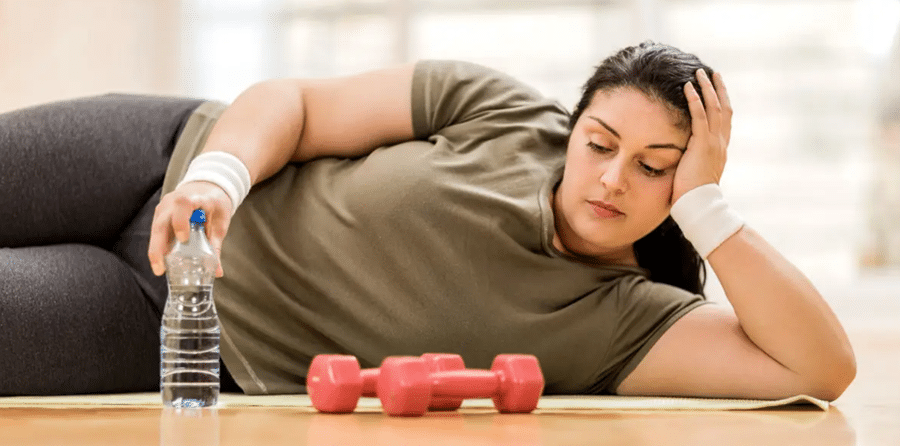Balance is not just a core component of fitness but a vital life skill. It plays a pivotal role in every movement, from walking and running to bending over and standing up. Good balance can contribute to enhanced athletic performance, injury prevention, and improved focus and stability. As people age, maintaining balance becomes essential to prevent falls and related injuries. This post outlines seven basic exercises that are instrumental in honing balance skills. These exercises are simple, requiring no specialized equipment, and can be easily integrated into a daily routine to foster stability and confidence in every step taken.
Contents
Lunges
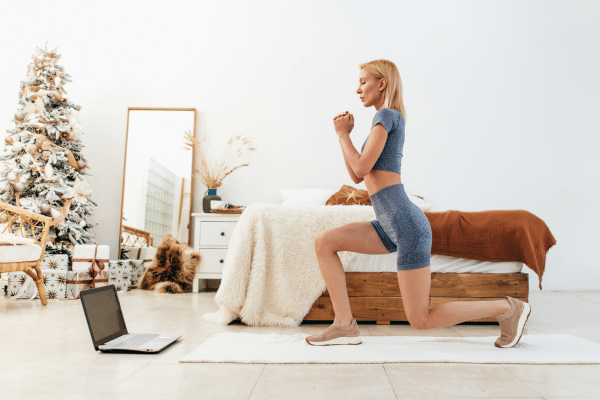
Lunges are a multifaceted exercise that not only strengthens the legs and glutes but also enhances balance and stability. The process involves stepping forward into a kneeling position and then returning to standing, which engages multiple muscle groups. It requires coordination and stability, as one has to maintain an upright posture, ensuring the knee does not extend beyond the toe. This practice is crucial in promoting lower body strength and flexibility.
To perform lunges with precision, focus is essential. Individuals need to pay attention to their body alignment, ensuring their spine remains neutral and their movements controlled. The alternating motion of lunging forward with different legs engages and challenges the core, enhancing stability. For those looking to advance this exercise, incorporating weights or increasing the pace can add an element of intensity and complexity.
Heel-To-Toe Walk

The heel-to-toe walk, often associated with sobriety tests, is an excellent exercise for improving balance and coordination. This exercise involves walking in a straight line, placing the toe of one foot directly in front of the heel of the other with each step. It requires focus and coordination, as it challenges the individual to maintain a straight line and avoid wobbling.
This balance exercise is particularly beneficial for seniors or individuals recovering from an injury. The heel-to-toe walk aids in restoring balance, improving gait, and increasing lower limb strength. By practicing this regularly, individuals can enhance their stability, reduce the risk of falls, and increase their confidence in mobility. The simplicity of the heel-to-toe walk makes it a convenient and accessible exercise for individuals of all fitness levels.
Single-Leg Stands
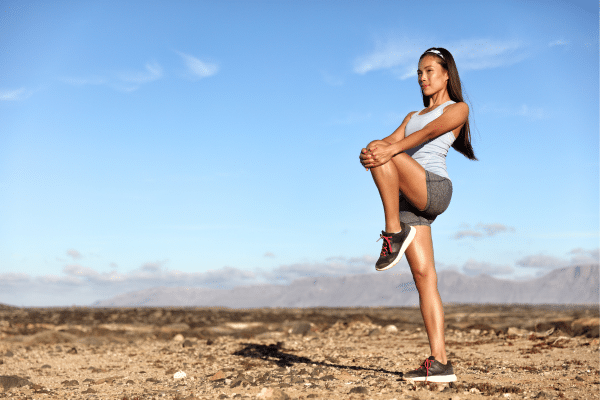
Single-leg stands are fundamental in pinpointing and enhancing an individual’s balance deficiencies. Standing on one leg requires the engagement of core and leg muscles, facilitating the development of strength and stability. It aids in identifying imbalances, as some may find standing on one leg easier than the other. Incorporating this exercise into a regular routine can be instrumental in evening out these imbalances and enhancing overall balance.
To perform a single-leg stand, individuals should focus on maintaining a straight posture and keeping their gaze fixed on a point ahead. It’s essential to ensure that the standing leg is slightly bent to avoid locking the knee. Arms can be extended to the sides for additional balance, and holding the position for increasing durations can further develop stability and strength over time.
Bird Dog Pose
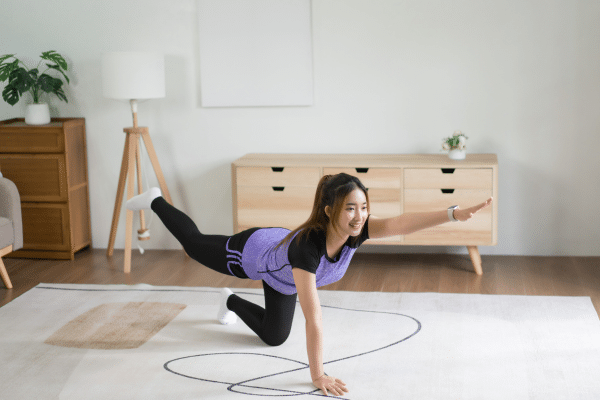
The bird dog pose is renowned for its efficacy in strengthening the core, enhancing stability, and improving coordination. Participants extend one arm and the opposite leg simultaneously while balancing on their knees and hands. This exercise not only engages the muscles of the abdomen but also those in the lower back, hips, and shoulders. Its multifaceted nature makes it a go-to option for individuals looking to enhance overall balance and body strength.
Precision in execution is paramount in reaping the benefits of the bird dog pose. Participants need to ensure that their spine remains neutral and that their limbs are extended in alignment with their body. Avoiding the arching of the back and ensuring the engagement of the core muscles during extension can amplify the efficacy of the exercise. Regular practice can herald notable improvements in balance, strength, and coordination.
Back Leg Raises
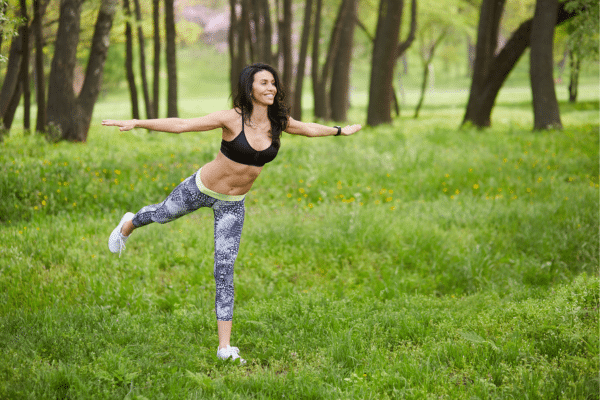
Back leg raises are instrumental in enhancing the strength of the lower back, hips, and thighs. This exercise entails lifting one leg towards the ceiling while keeping it straight and then lowering it back down. It can be done while standing and holding onto a sturdy support or while lying on the ground. The motion not only helps in building muscle strength but also improves balance and stability.
Consistency and proper form are key to maximizing the benefits of back leg raises. Individuals should focus on a controlled, smooth lifting and lowering motion, avoiding the urge to use momentum. Each leg should be worked on equally to promote balanced strength development. Over time, as strength and balance improve, additional resistance can be introduced to maintain progression and challenge.
Single-Leg Squat
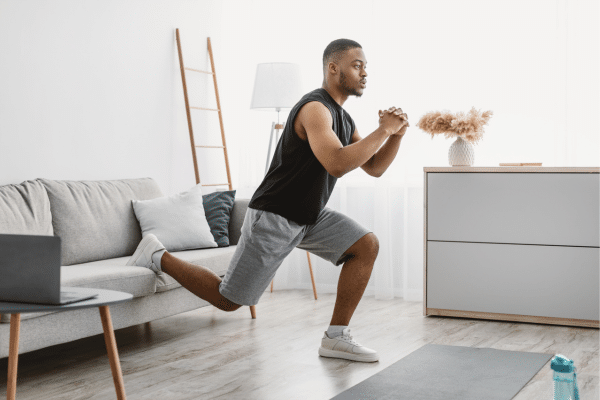
The single-leg squat is a dynamic exercise that not only builds strength in the lower body but also enhances balance and flexibility. Each repetition requires the participant to lower their body on one leg, testing their stability and control. The engagement of the core is crucial here, as it aids in maintaining posture and balance during the descent and ascent phases. This exercise targets the quads, glutes, and hamstrings, making it an effective option for comprehensive lower body conditioning.
Safety and proper form are paramount to avoid strain or injury. Participants should focus on a controlled descent, keeping their knee aligned with their foot and avoiding a forward lean of the upper body. It’s also beneficial to extend the arms forward during each squat for added balance. For beginners, partial squats or assisted squats, using a wall or chair for support, can be an effective starting point.
Tree Pose
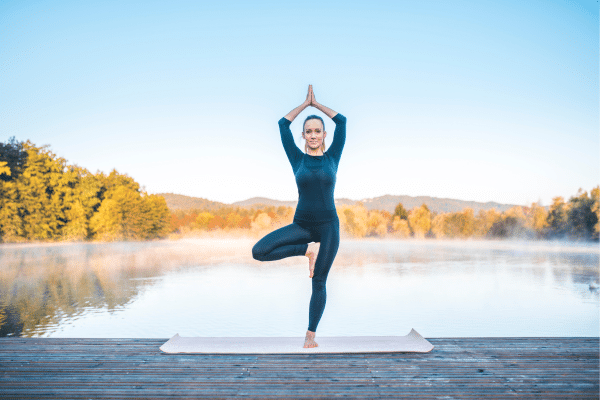
The tree pose is a staple in yoga practice, renowned for enhancing balance, focus, and leg strength. In this pose, individuals balance on one leg while the other foot rests on the inner thigh or calf of the standing leg (avoiding the knee). Holding this position requires concentration and engages the core, legs, and glutes, providing a multifaceted workout experience.
Execution with precision is essential to maximize the benefits of the tree pose. Keeping the standing foot firmly planted, engaging the core, and maintaining a straight spine can optimize stability. The arms can be raised overhead or kept at the chest, and the gaze should be fixed on a point ahead to aid focus and balance. Regular practice of the tree pose can lead to increased leg strength, improved balance, and enhanced mental focus.
The Bottom Line
Balance exercises are integral for individuals of all ages, offering improvements in physical stability, strength, and coordination. The exercises detailed above provide a range of options to cater to varied skill levels and needs, promoting a balanced and strong body. Integrating these activities into a regular fitness routine can yield noticeable results, including reduced risk of falls, enhanced athletic performance, and improved daily functional capabilities. Each exercise offers a unique set of benefits and challenges, inviting participants to explore, adapt, and conquer their balance goals while fostering bodily strength and stability.


